Water Supply GRID – Conclusion (2019)
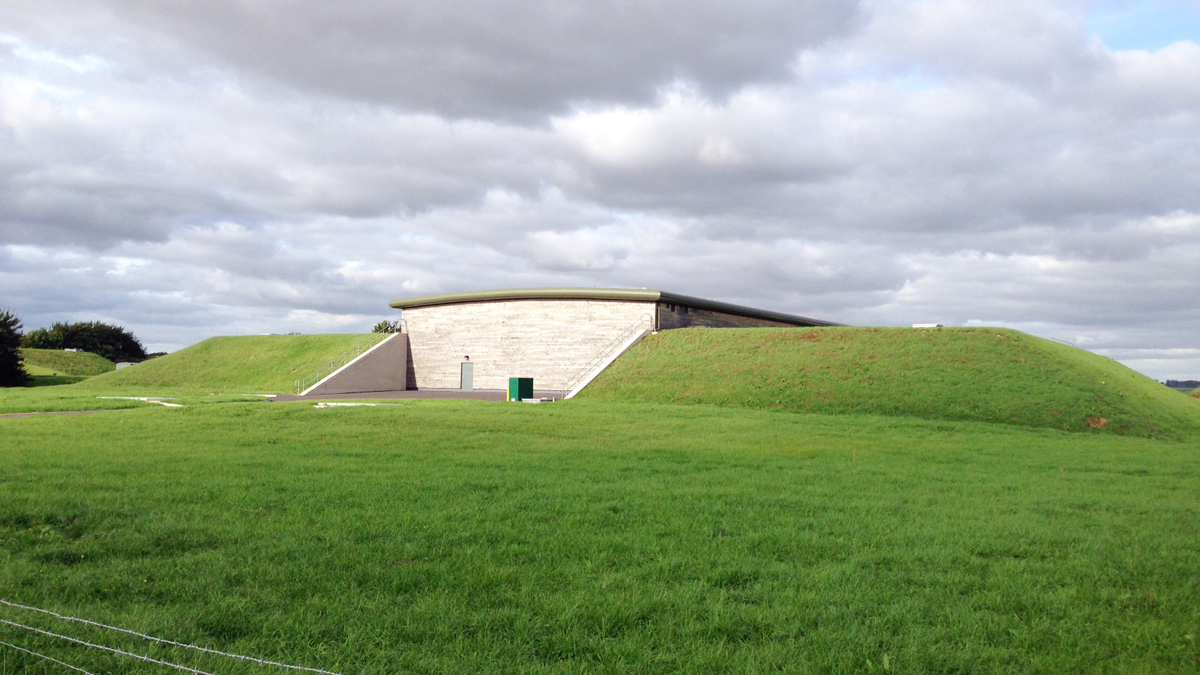
Figure 4: Typical storage tank and pumping station - Courtesy of Wessex Water
The Water Supply GRID is the largest scheme ever undertaken by Wessex Water and provides important new infrastructure for the south-west region with resilience connections to Bournemouth Water, Bristol Water and South West Water via Wimbleball Reservoir – it is effectively a south-west area regional grid (see Figure 1 below). It has improved interconnectivity within the water supply system and enables water to be moved from areas of surplus to areas of need and hence and provide our customers with a secure supply of water. The eight year £228m programme of works spanned two AMP periods between 2010-2018 and comprised more than 50 individual projects. It has also benefitted the south-west region’s economy from jobs created in the design and construction stages.
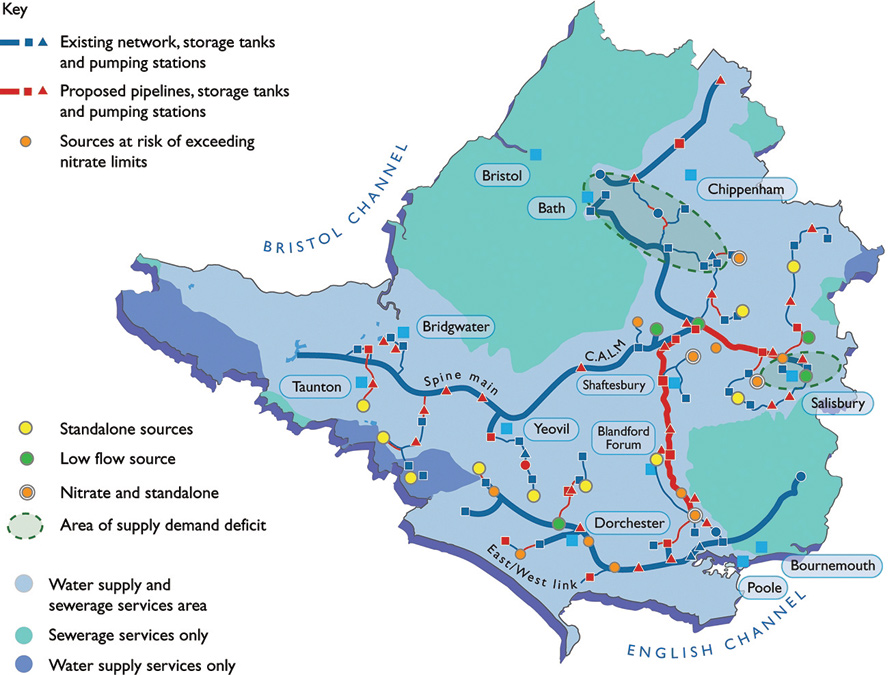
The Integrated GRID – Courtesy of Wessex Water
Purposes
The Water Supply GRID allows Wessex Water to:
- Improve the security of supply for 1.3 million customers – even in the event of a catastrophic failure.
- Meet reductions in abstraction licenses required by the Environment Agency to improve flows in some rivers and protect their ecology.
- Deal with seasonal or occasional deteriorating raw water quality – particularly increasing concentrations of nitrates at some groundwater sources.
- Achieve the statutory duty to balance the supply of and demand for water up to the year 2035, as set out in the Water Resources Management Plan approved by Defra in 2010.
Delivery
Wessex Water’s Engineering & Construction (E&C) Services managed the overall delivery programme, with E&C, Atkins and Sweco providing engineering design, planning and environmental services (see Figure 2 – below).
E&C established an external project workstream in 2010, dedicated to the delivery of the programme of work. The team had a co-located office in the centre of the Wessex Water region at Yeovil, where staff of all disciplines have worked alongside each other for part of a typical week.
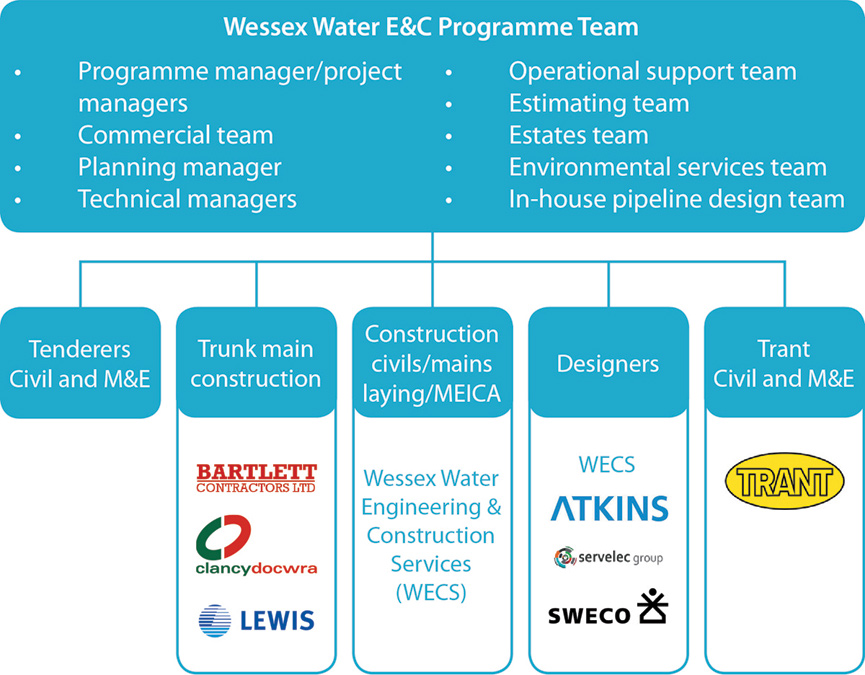
Figure 2: GRID Delivery Team 2010-2017 – Courtesy of Wessex Water
Design
Although the majority of the design work was completed by Atkins, E&C engaged a range of designers to carry out the optioneering studies, complete outline and detailed designs and provide construction support services to in-house and external contractors.
The detailed design of more than 100km of new pipelines was undertaken by E&C’s in-house pipeline design team. Aecom and Sweco also designed specific water treatment plant refurbishment projects.
Contractors
E&C undertook, inhouse, the construction of over 50% of the new storage tanks and pumping stations and treatment plant refurbishments.
E&C also contracted with external partners such as Trant Engineering Ltd, Bartlett Contractors Ltd, Lewis Civil Engineering – now (Dec 2022) Envolve Infrastructure – and Clancy Docwra Ltd to construct the new pipelines, pumping stations and storage tanks required.
Innovation
New Optimiser technology: One of the key innovations of the Water Supply GRID project has been the development of a new Optimiser flow control system that will manage and optimise the transfer of water along the new 74km trunk main (see Figure 3).
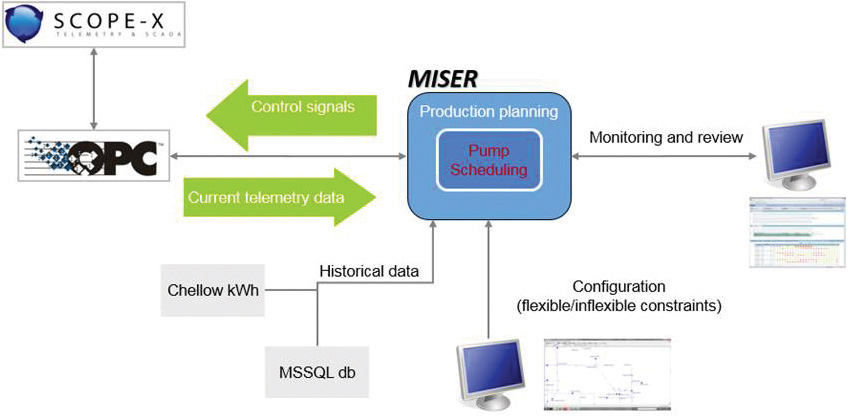
Figure 3: Optimisation communication – Courtesy of Wessex Water
It has been developed with Servelec Technologies and is an automatic, real time, closed loop optimisation system. It will centrally control and monitor the bulk transfers in the trunk main in the most efficient way, whilst still operating within the constraints built into the system, to ensure security of supply, minimise any risk of water quality issues and minimise energy costs by for example, avoiding expensive triad periods.
Storage tank volumes: The volumes of the new storage tanks along the transfer main have been minimised by dedicating them as transfer storage allowing the full volume to be used without compromising the existing distribution storage for local customers which are located at the same sites.
Nitrate blending: The Water Supply GRID has been designed to allow the existing nitrate removal water treatment works and low nitrate water supply sources to be fully utilised, by the targeted blending of the available low nitrate water with sources at risk of exceeding the nitrate standard.
Bi-directional trunk mains: In order to maximise flexibility, most links within the scheme have been designed to be bi-directional. To utilise this surplus pressure, energy recovery turbines have been installed at some pumping stations (see Figure 4).
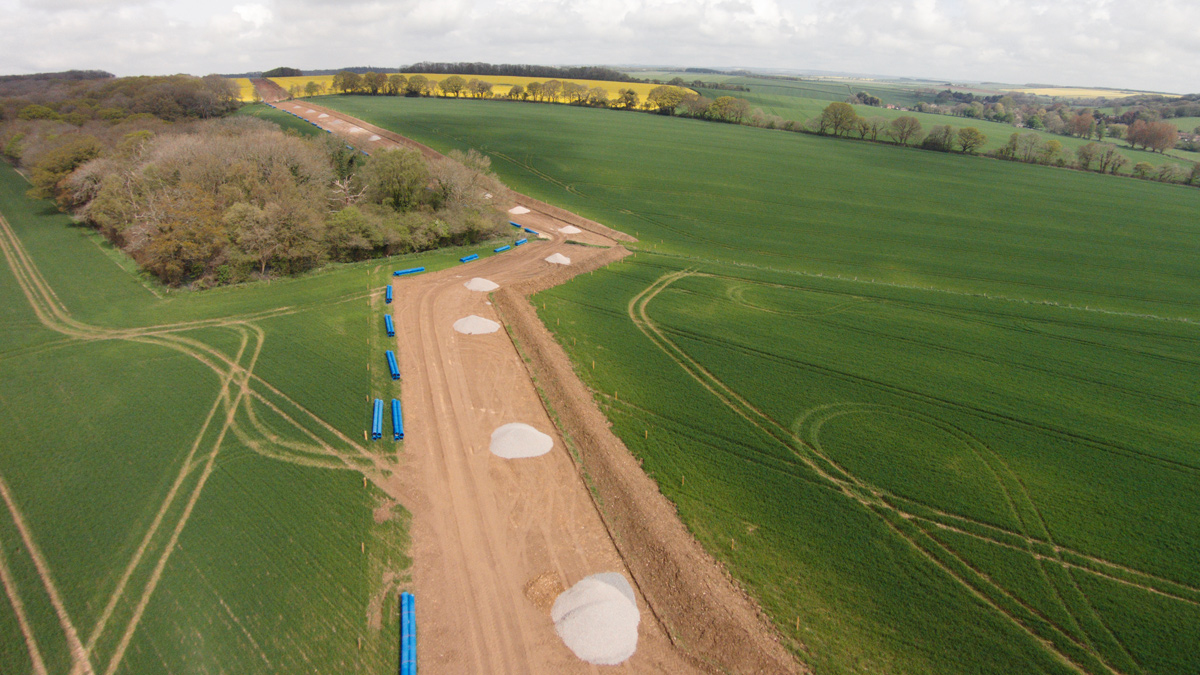
Figure 4: 200km+ of trunk mains – Courtesy of Wessex Water
Benefits
The Water Supply GRID has been implemented in stages, over the 8 year project duration. Work initially targeted individual links to eliminate stand alone sources where the solution was clear cut.
The build included pipelines, pump stations and reservoirs targeted to provide greater resilience to allow major upgrades at key treatment works to progress and to reduce operational risk in the network.
With the new infrastructure operational, far greater flexibility has been possible in taking key water treatment works out of supply for major improvements, including those not directly associated with the Grid, due to the distribution system now being fully integrated.
In introducing the Water Supply GRID it was recognised that a major review was required in how to manage the water distribution system.
The introduction of the Optimiser has changed the business culture from Remote Control, Central Monitoring to Central Control, Central Monitoring. This has significantly improved intelligence of the network transferring knowledge from the individual in the field to a fully managed 24/7 centralised team.
The Optimiser as a tool has allowed the team to look proactively at improving the system security whilst the day to day operation is automatically scheduled within the constraints set.
The flexibility of the Water Supply GRID in combination with the Optimiser has significantly improved the security of supply and system resilience, with significant built in adaptability, to meet changes for the foreseeable future. The Water Supply GRID will ensure that Wessex Water meets public water supply demand for the next 25 years.





